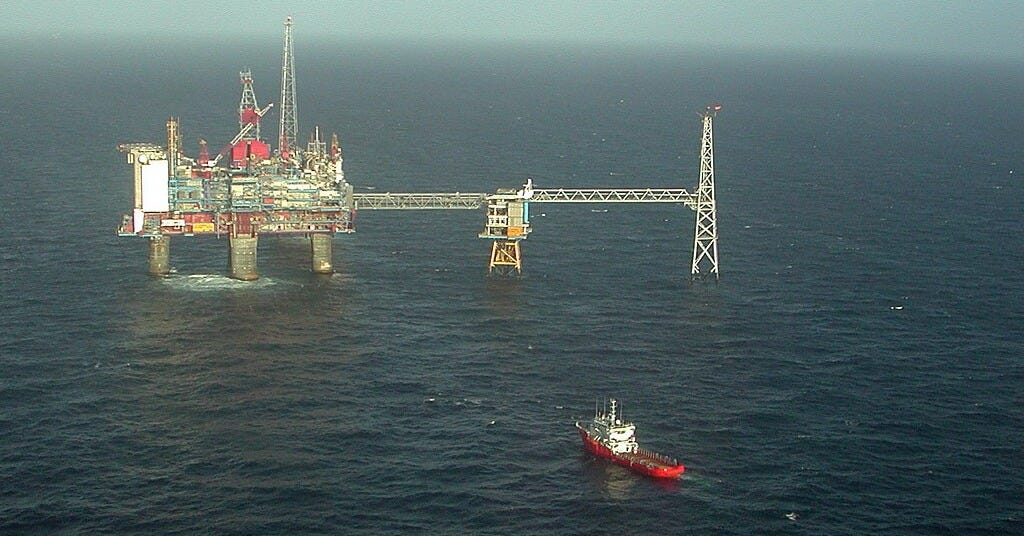Norwegian Election Tests Energy Diplomacy Balance
September 8 vote could reshape Europe’s energy future and climate commitments.
Norway heads to polls on September 8 following political upheaval after the Centre Party departed the governing coalition in January over disagreements on EU energy policy, creating the first single-party government in 25 years. The return of former NATO chief Jens Stoltenberg as finance minister has provided a “Stoltenberg effect,” boosting Labour’s polling by 10 points.
Image: Sleipner oil field, North Sea, Norway by Bair175, licensed under CC BY-SA 3.0.
As Europe’s largest gas supplier since Russia’s invasion of Ukraine, Norway’s political direction carries continental implications. The Socialist Left Party demands an end to new oil licensing and comprehensive fossil fuel phase-out, while the Centre Party supports continued exploration. Energy prices have spiked across Norway due to integration with Europe-wide markets and increased continental demand for Norwegian resources.
The election occurs as polling shows nine parties could enter parliament, with the Progress Party at 22%—nearly double their 2021 result—and Labour potentially leading a complex coalition. Control over the $1.7 trillion sovereign wealth fund could reshape debates about Nordic investments, including Socialist Left calls to divest from companies linked to Israel’s Gaza actions.
Norway embodies the global paradox of powering today’s economies while investing in tomorrow’s climate. September 8 will determine whether Oslo leads the post-carbon transition or prioritizes short-term energy security.
Our Take: Norway’s election will determine whether Europe’s energy giant leads climate transition or prioritizes short-term security. The outcome could reshape continental energy policy and set precedents for how sovereign wealth funds drive climate diplomacy.

